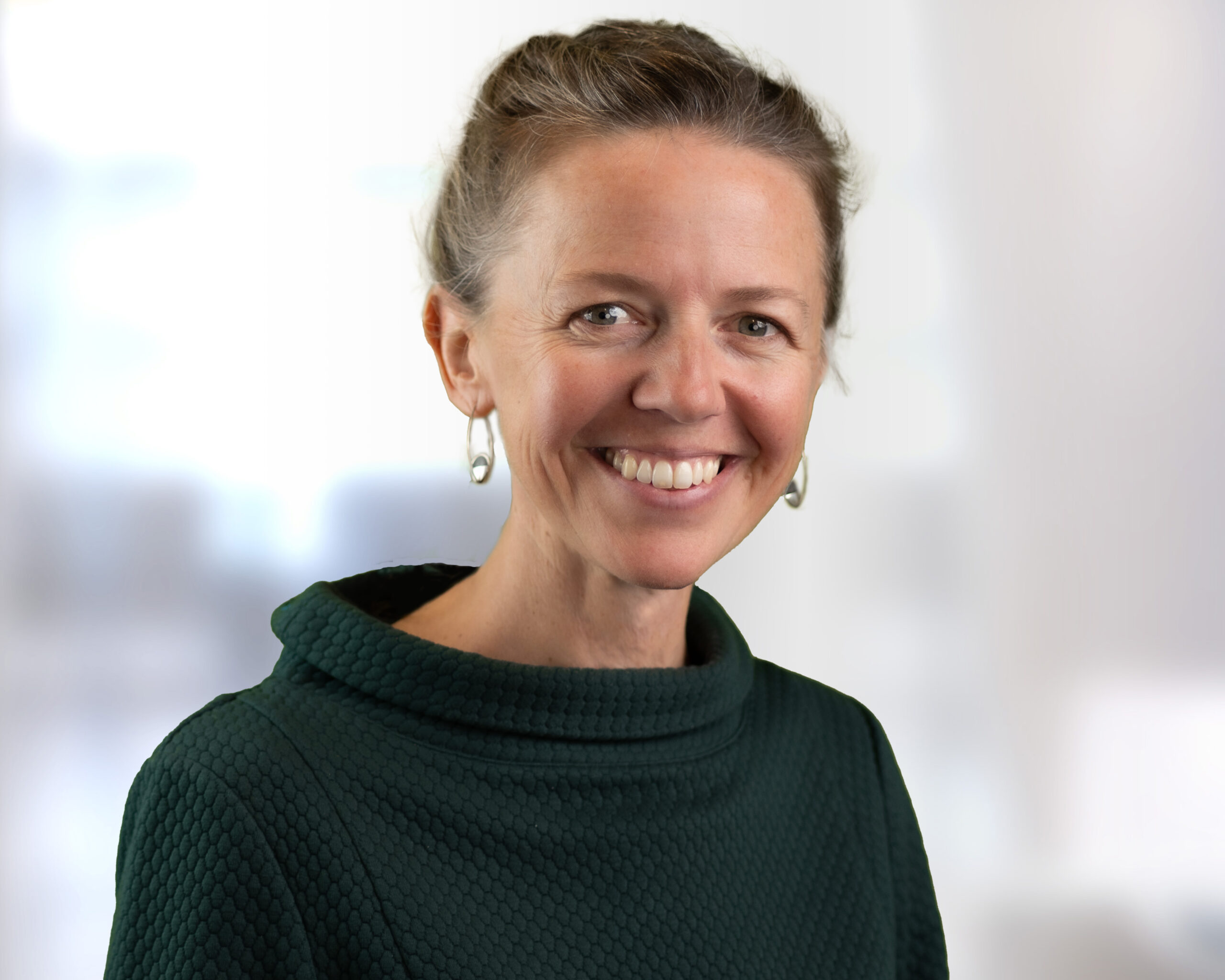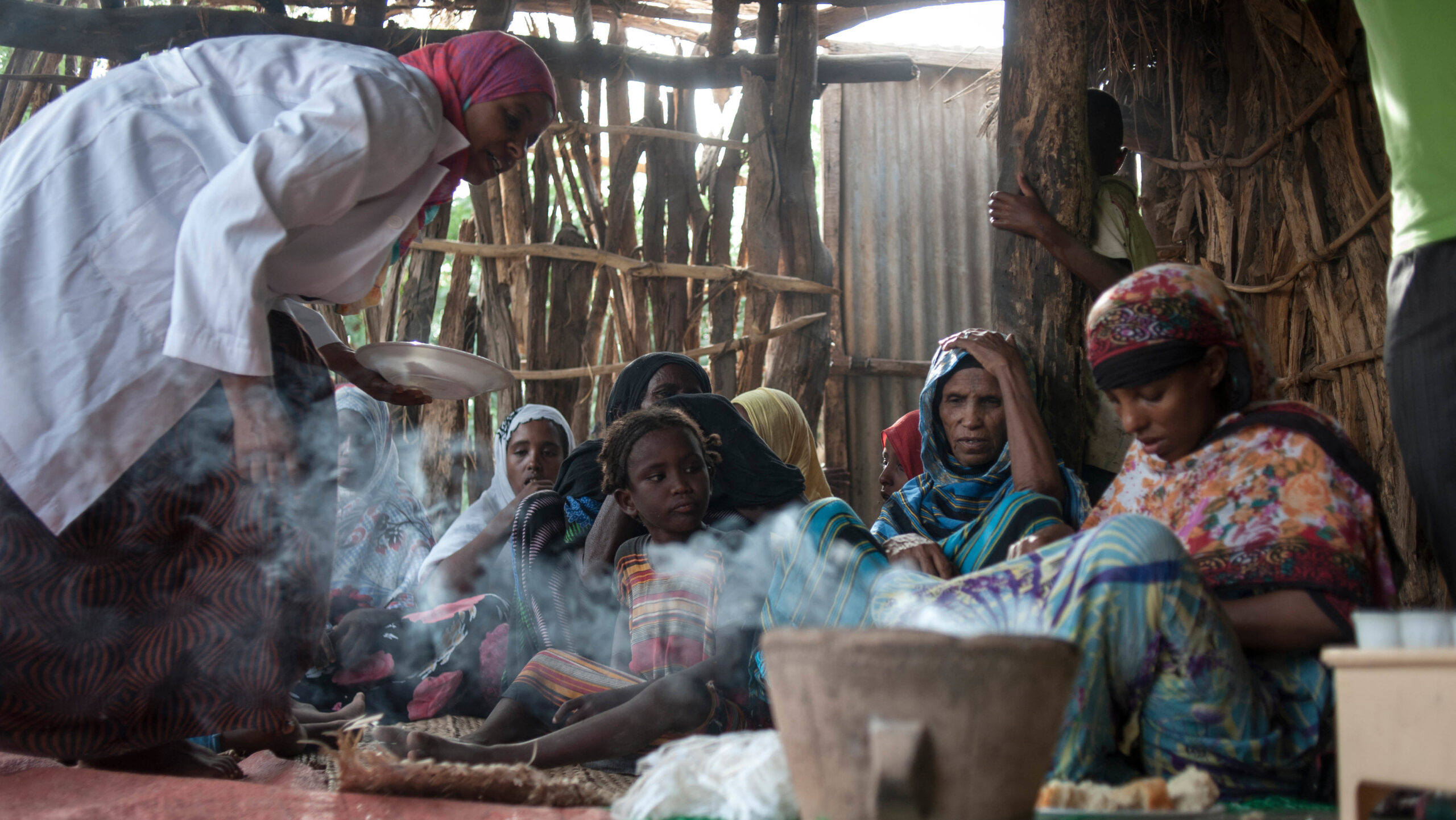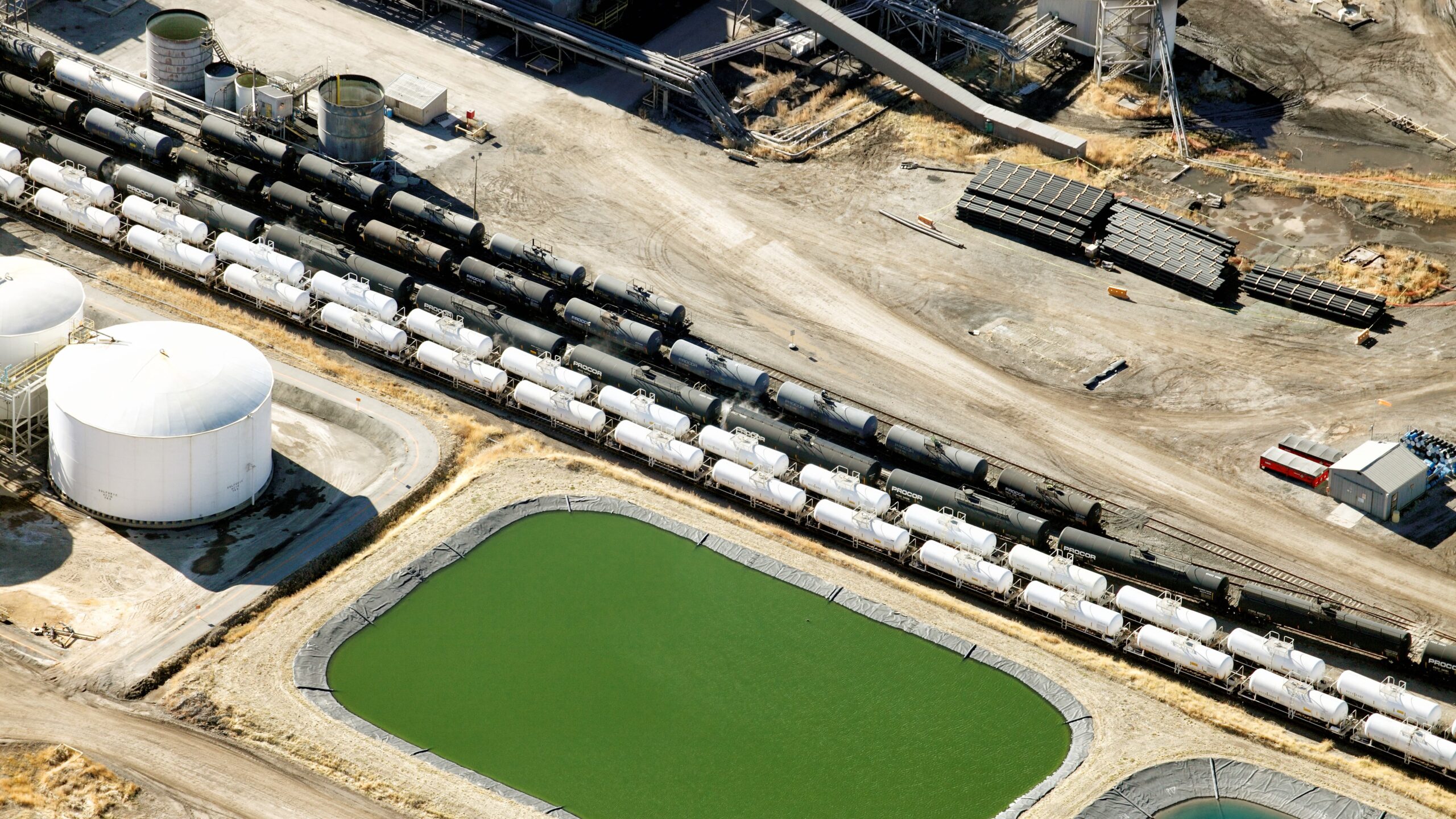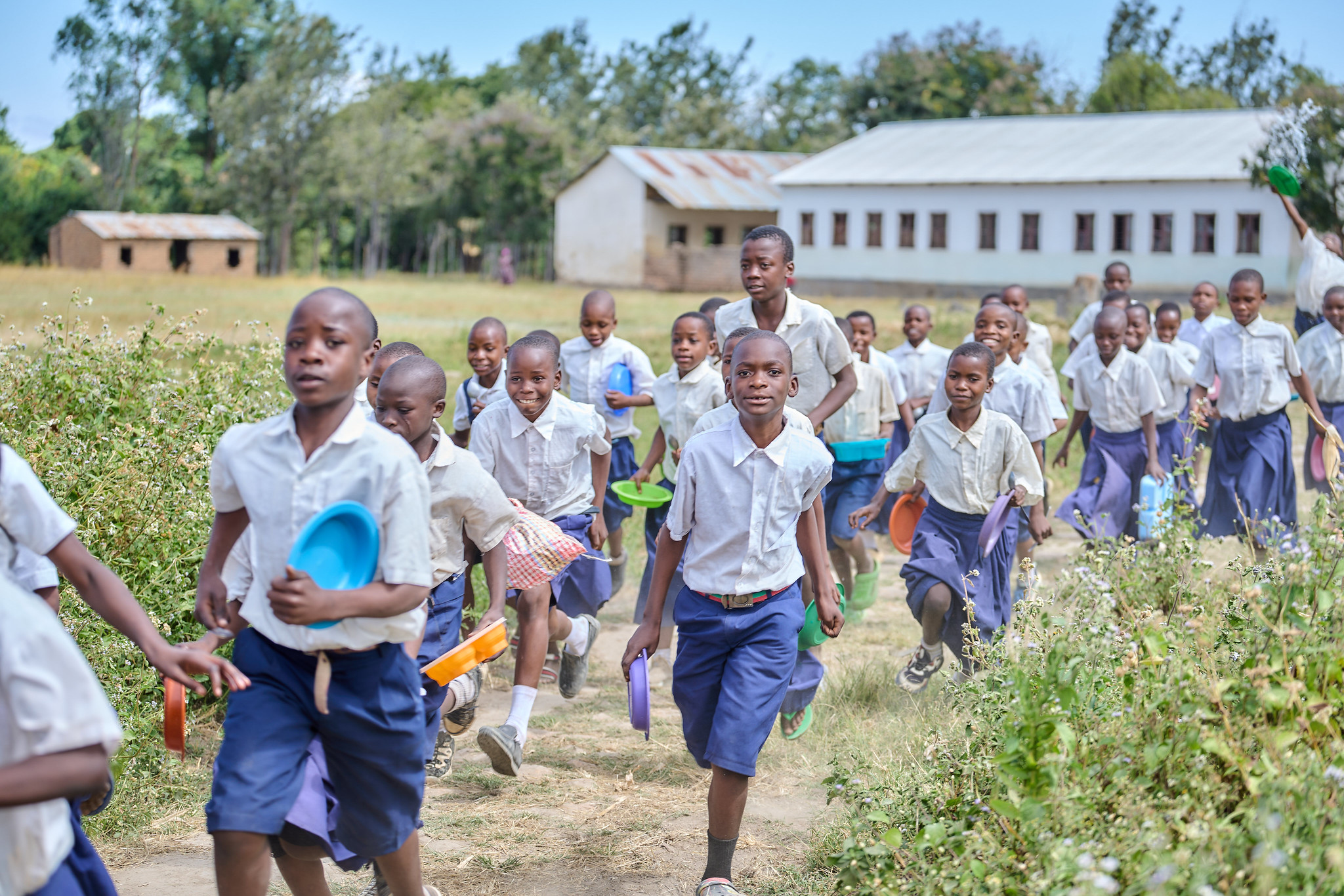Last year, IFPRI researchers, in partnership with the US Agency for International Development (USAID) and the Oxford Poverty& Human Development Initiative (OPHI), developed the Women’s Empowerment in Agriculture Index (WEAI), a tool designed to monitor women’s empowerment and inclusion in agriculture. The index is being used by USAID in its countries focused on in its Feed the Future hunger and poverty reduction program. One year later, a key designer of the Index gives her take on how it has been working and its future potential.
When USAID first approached IFPRI to develop this tool, I was hesitant. On the one hand, I applaud the agency for taking women’s empowerment seriously enough to include it in the monitoring and evaluation of its Feed the Future program. Too often, what is not measured does not count, and some kinds of indicators are needed if we want agricultural programs to address gender equity and not just “household” incomes. But much of what we care about in terms of gender equality is difficult to measure. How could we find indicators that are meaningful, that can be collected cost effectively?
While the indicators and Index are not perfect, they do provide a starting point for measuring what happens to women and men in agriculture. But to my mind, the Index may make its greatest contributions by getting agricultural program staff to think about what effects their interventions may have on gender equality and as a diagnostic tool to identify the areas of greatest need for women’s (and men’s) empowerment in the Five Domains of Empowerment (5DE):
- Production: whether women are involved in sole or joint decision making over agricultural production and autonomy in those decisions.
- Resources: ownership, access to, and decision making power over productive resources such as land, livestock, agricultural equipment, consumer durables, and credit.
- Income: sole or joint control over the use of income and expenditures.
- Leadership: membership in economic or social groups and comfort in speaking in public.
- Time: allocation of time to productive and domestic tasks and satisfaction with the available time for leisure activities.
The Index may also have an additional, “stealth” benefit, of getting research and monitoring and evaluation teams to interview both women and men within the household—an important methodological contribution, especially when so many think that it is sufficient to interview only the (usually male) “head of household.”
But I would like to see it taken a step further. I would like to see those who are involved in developing or implementing agricultural programs use the scores in these domains, and the baseline information on the status of men and women in each indicator, as the basis for a transformative approach. My reflections project note, explains how the WEAI could be used to improve empowerment in each of these domains.
We need to ensure that changes in the welfare of women are assessed as core elements of that success, not just desirable—but optional—byproducts. In that case, imperfect indicators of women’s empowerment may be better than no indicators at all.
For an in-depth look at policy developments, trends, and a future outlook for women in agriculture, see Closing the Gender Gap from IFPRI’s 2012 Global Food Policy Report.







